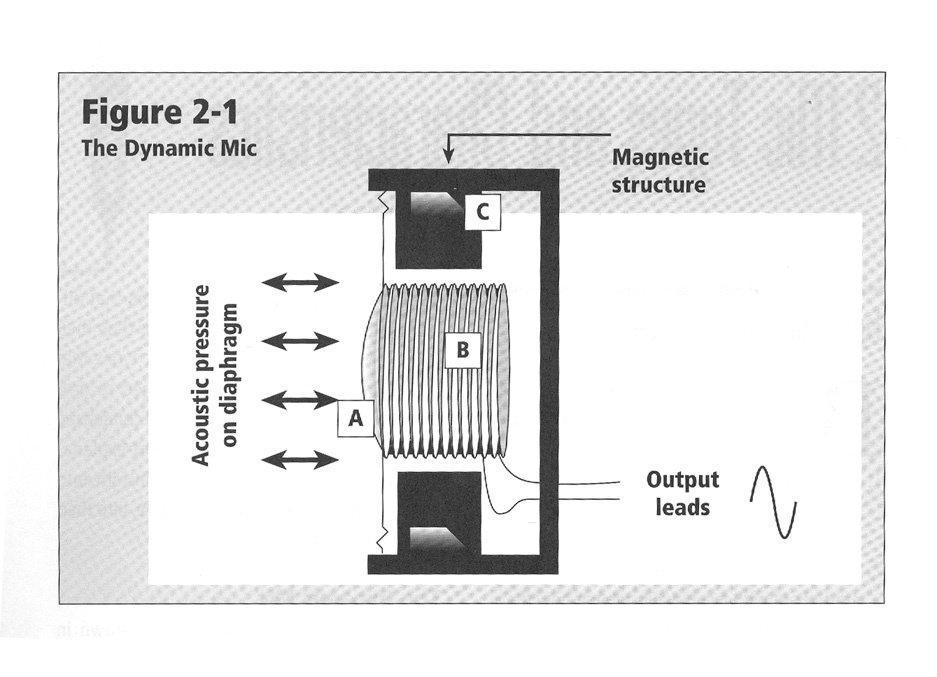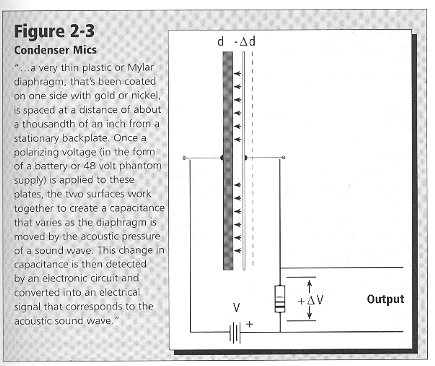Microphone CapSULES
© Brian Heller <www.WhatTheHeller.com>

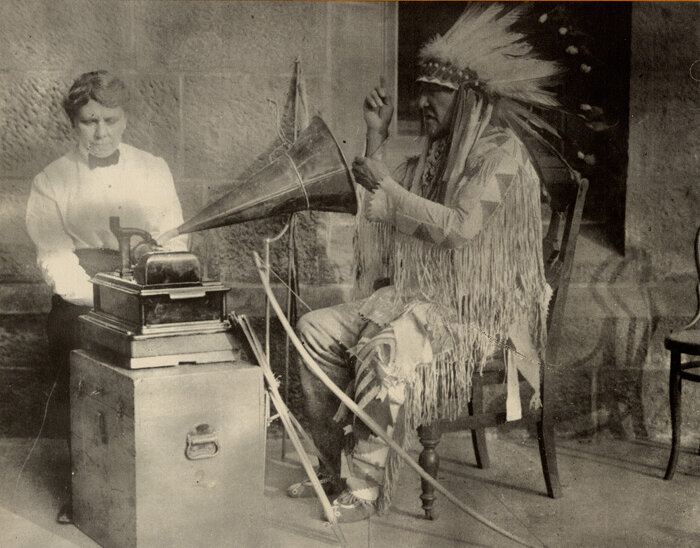
Terminology
Mic body
Everything below the capsule
Capsule
Head or pickup area that contains the element
Transducing Element
The actual tranducer system
Diaphragm
The part of the element that physically responds to air pressure. A very thin delicate membrane that can be either small (1/2") or large (1") in size
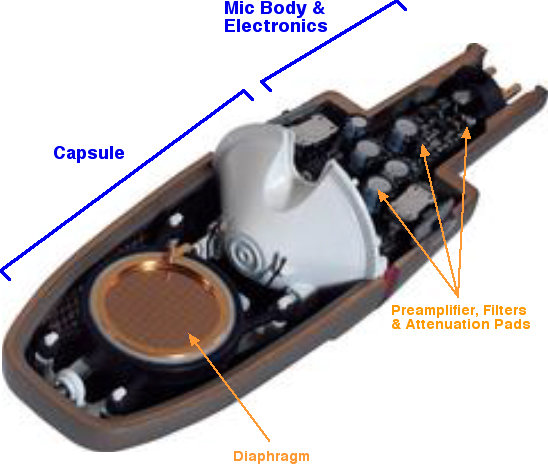
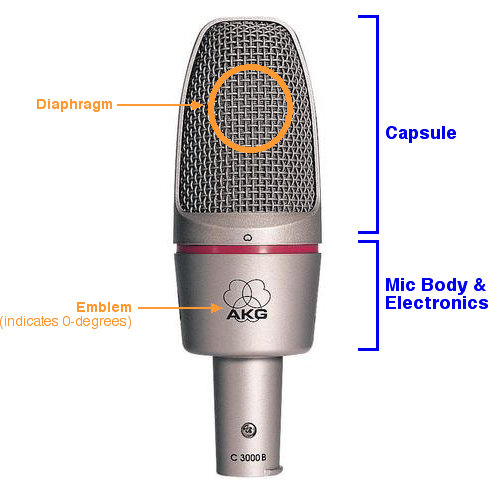
Characteristics
The mic matters! Arguably more than any other tool, the microphone is responsible for character of the sound. All other points in the chain derive their results from it.
- Amplitude Sensitivity = Transient Response
- Frequency Response
- Directionality
Every mic is different– You have to know them
Transient
A high amplitude, short duration attack at the beginning of the envelope.
Lots of Transients
Few Transients
(tabla)
(tamboura)
Faster Transient Response
Slower Transient Response

Faster Transient Response
Slower Transient Response
Transient Response
How fast and accurately the diaphragm reacts to transients
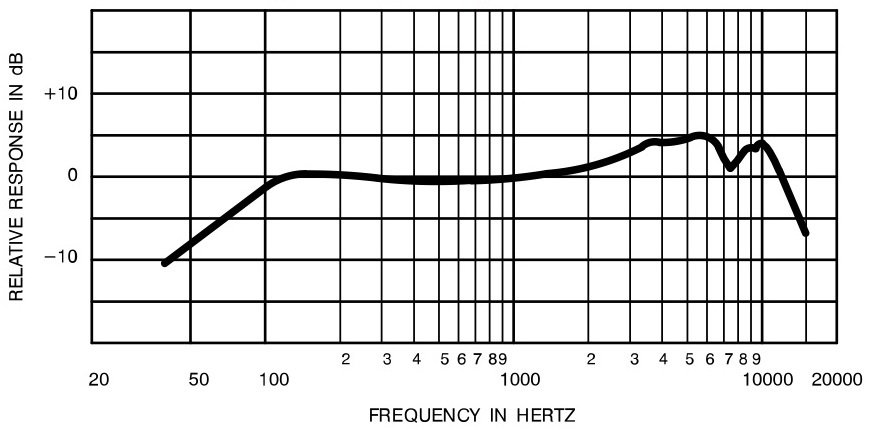
Frequency
More Flat
Less Flat
Audio Technica 3032
Shure SM58

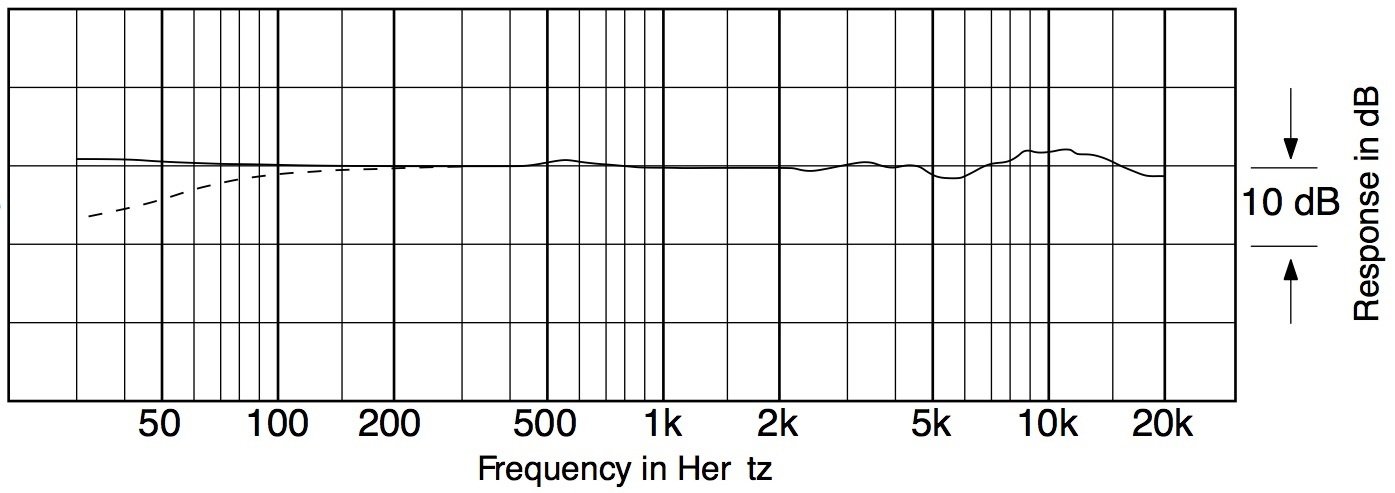
Frequency Response
RIBBON
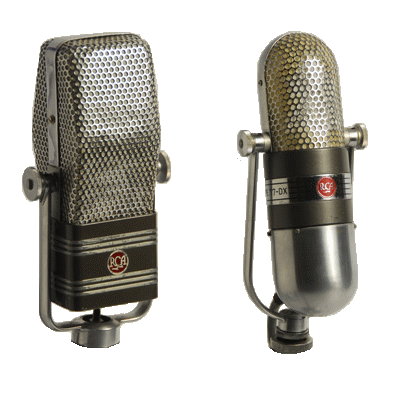
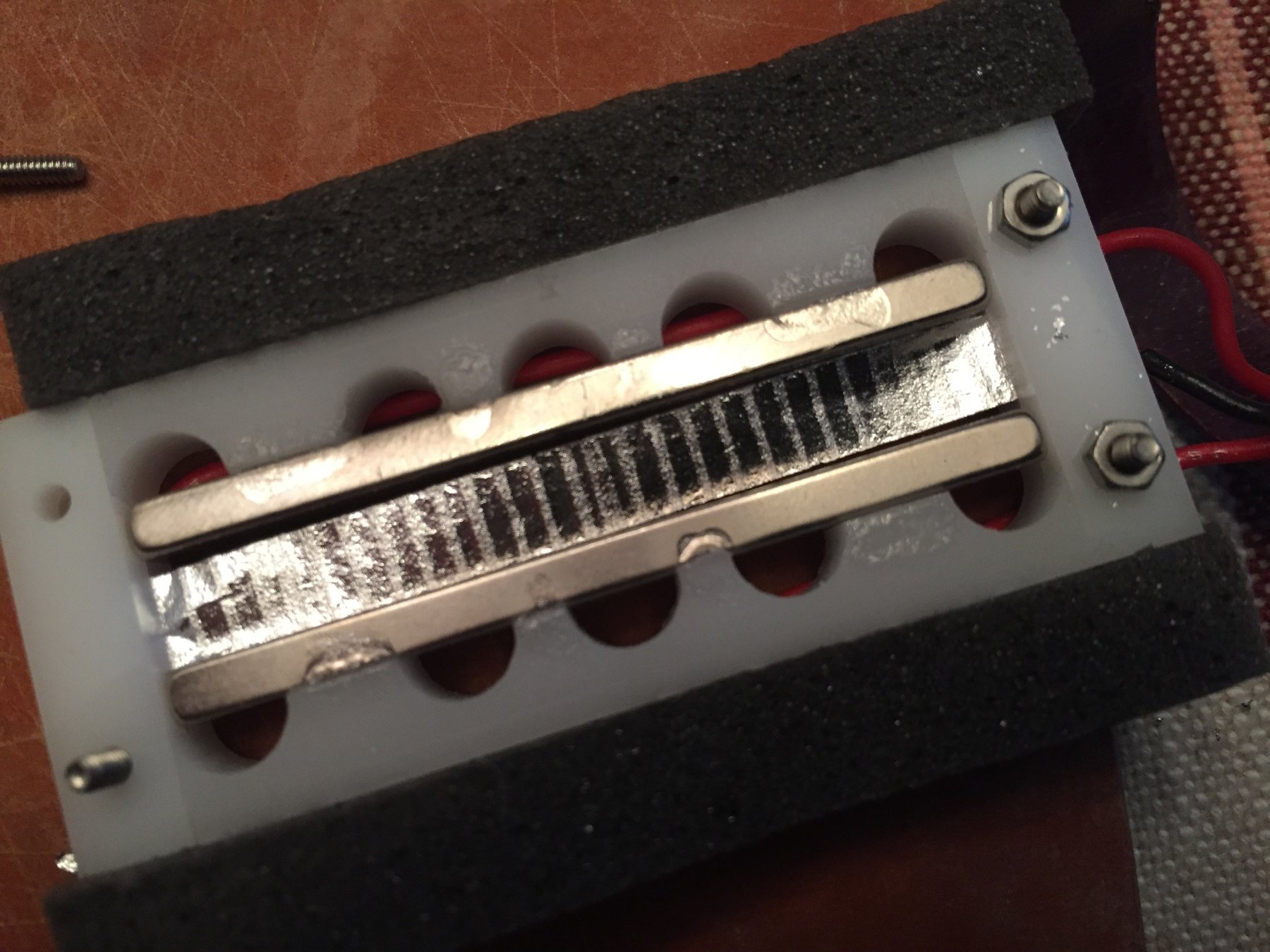
Principle of Magnetic Induction:
When a piece of metal moves in a magnetic field, it generates a voltage (electricity).
(Coil of wire wrapped around a magnet)

TRANSIENT RESPONSE
Ribbon
(Royer R121)
Less high frequency detail
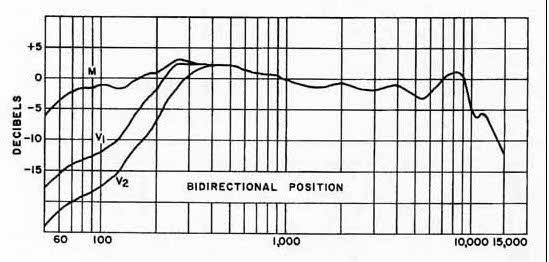

FREQUENCY RESPONSE
Ribbon
(RCA 77DX)
Because they have these characteristics...
- Increased low-mid frequency response
- Decreased high frequency response
- Slow transient response
- Somewhat fragile
...Ribbon mics are often used:
-
On quieter high frequency sources that need fullness
(harp, mandolin, violin) -
On louder high frequency sources that need controlling
(horns, some guitar amps) - On sources that have sharp transients in need of taming
- Mostly in the studio
(less in live or field recording)

Royer R121

Cascade
Fat Head II
DYNAMIC

Principle of Magnetic Induction:
When a piece of metal moves in a magnetic field, it generates a voltage (electricity).
These are sometimes called "moving-coil mics."

TRANSIENT RESPONSE
Ribbon
(Royer R121)
Dynamic
(Shure SM58)

FREQUENCY RESPONSE
Ribbon
(RCA 77DX)
Condenser
(AT 3032)

Dynamic
(Shure SM58)
Because they have these characteristics...
- Moderately restricted high and low frequency response (but still covers key ranges)
- Moderately slow transient response & sensitivity
- Very sturdy
...Dynamic mics are often used:
- On sources that don't need too much detail across the full frequency spectrum
(kick drum, toms) - Close on very loud sources
(snare drum, guitar amps) - In live performance, as well studio in some cases
Shure SM57


Sennheiser
MD 421
CONDENSER

Principle of Electrostatic Induction:
Every object has charged atoms. When an uncharged object (equal + and – atoms) gets near an electrically conductive object (metal), electrons move between them, causing a flow of electricity.

The static built-up on the cat's fur makes it an electrically charged object (!). The atoms in the uncharged styrofoam want to move towards the conductive cat, generating a voltage as they do it.
The cat appears unimpressed with this.
This basically how a capacitor works, so sometimes they are called "capacitor mics."
- Most often supplied by the mixer channel; sometimes with a battery or a separate power supply (for tube mics).
- Turning +48v on/off produces a very large spike in the channel– Keep the channel CUT when doing it.
- Turn +48v on only AFTER the mic is plugged in.
CONDENSER MICS WILL NOT FUNCTION WITHOUT PHANTOM POWER!
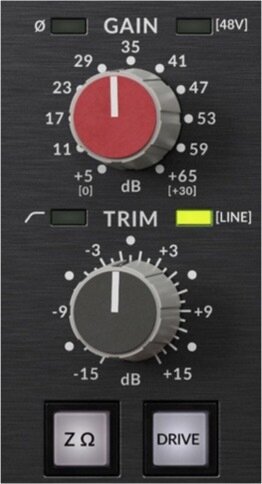
To charge the capsule, condensers require a voltage sent down the mic cable. This charge is called phantom power. Phantom Power is often abbreviated as "+48v" (so memorize it).
Phantom Power (+48v)
Press & hold GAIN knob

TRANSIENT RESPONSE
Ribbon
(Royer R121)
Dynamic
(Shure SM58)
Condenser
(Neumann TLM 103)
Most high frequency detail
FREQUENCY RESPONSE
Condenser
(Audio Technica 3032)

Dynamic
(Shure SM58)

Because they have these characteristics...
- Full-range frequency response
- Very fast transient response & sensitivity
- More fragile than a dynamic mic
...Condenser mics are often used:
- On sources benefit from the full frequency spectrum (drum overheads, rooms, piano)
- On sources with detail and nuance in their transients (acoustic guitar, voice)
- In the studio and in the field, and sometimes in performance
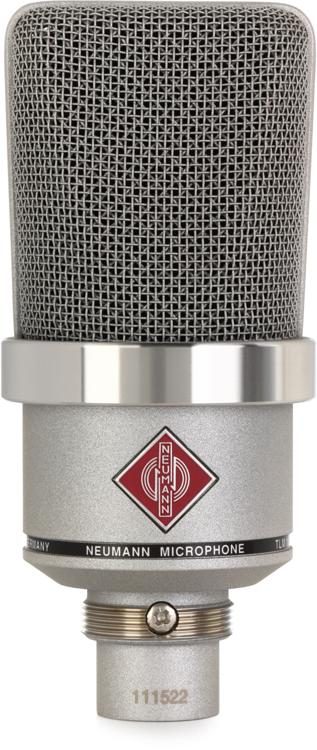

Mojave
MA-100
Neumann
TLM 102
DIAPHRAGM SIZE
Mic diaphragms are different sizes (generally 1/4"–1"), and this has an effect on the characteristics of the mic.
This distinction in diaphragm size is most useful when describing condensers, although dynamic mics also have a diaphragm.
Regardless of diaphragm size, both mics still use the same operational principles.

Mojave
MA-100
Neumann
TLM 102

SMALL DIAPHRAGM CONDENSERS
Neumann
TLM 102
Neumann
TLM 102
LARGE DIAPHRAGM CONDENSERS


Audio Technica
4050
Manufacturer logo is always the front
- Have a diaphragm of 1/4"–1/2"
- Have a flatter frequency response (especially highs)
- Give faster transient response
- Have more accurate directional patterns
- Are smaller and lighter
Small Diaphragms...
- Have a diaphragm of 1/2"–1"
- Have a less-flat frequency
- Give a slightly slower transient response
- Have a less-accurate directional pattern at high frequencies
- Are bulkier and heavier
Large Diaphragms...


COMPARISONS
There are no "good" and "bad" mics– Only the right mic for the right job. Choose purposefully!

TRANSIENT RESPONSE
Ribbon
(Royer R121)
Dynamic
(Shure SM58)
Condenser
(Neumann TLM 103)
FREQUENCY RESPONSE
Condenser
(Audio Technica 3032)

Dynamic
(Shure SM58)


Ribbon
(RCA 77DX)
Neumann
TLM 102
SAFETY
This is one area where there is real potential danger of damage to people and things!
MIC MOUNTING
This is one area where there is real potential danger of damage to people and things!
PEOPLE
It is your #1 responsibility as an engineer to be in control of all listening levels at all times– Even you're not in the control room.
- The control room level is always down when going out to move a mic.
- The DIM button in the control room monitoring section are your friends.
- Mics fall, get hit, short circuit– These can be extremely loud events. Mute mics that are being moved.
PEOPLE
Take special care with phantom power!
- +48v is never on when plugging or unplugging a mic.
- The channel is always CUT when +48v is switched on/off.
Not being careful here is the fastest way to lose the confidence and trust of people you're working with.
THINGS
Set up every mic correctly:
- Solid stand– on the ground, center post raised
- Mic mounted securely, and not prone to slipping out of shockmount or clip
- Won't be in a performer's way or get hit
- No stretched cables, and cable runs are the least intrusive they can be
- Gaff tape where needed (but don't over-do it)
THINGS
Mics & speakers can damage easily:
- DO NOT BLOW IN A MIC!
- DO NOT BANG ON IT WITH YOUR HAND (OR ANYTHING ELSE)!
- Check a mic by lightly scratching the grill with your finger.
- Do not turn +48v on a ribbon mic.
- Use a pop filter on every voice recording, and when using a ribbon on a very loud source.
- When assembling a mic, think about where it goes if it falls...
-
If you drop a mic:
Note it and test at the end of the session. If there is some doubt it is working, mark it and alert the authorities. Pretending it didn't happen is worse than dealing with it.
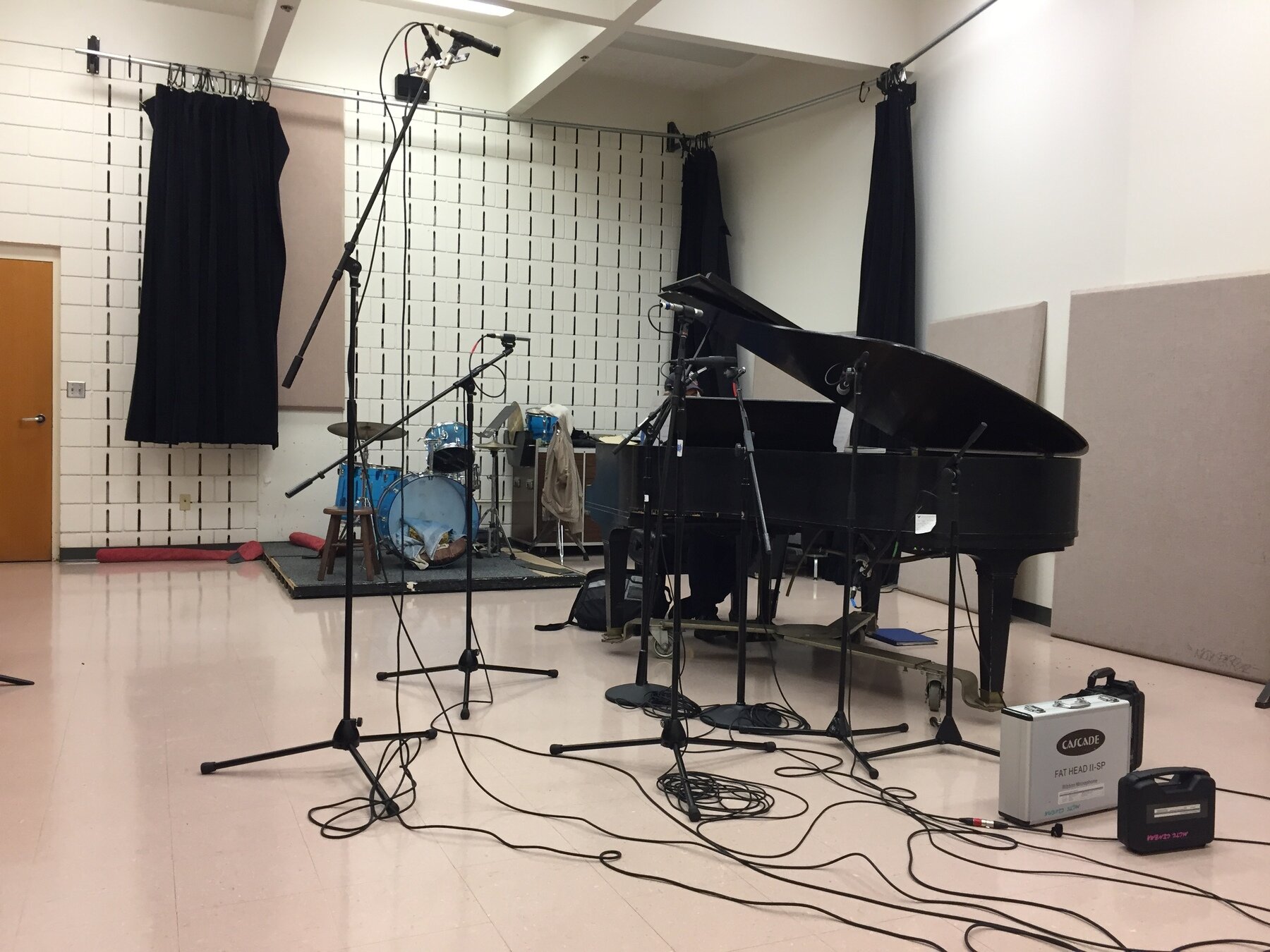

Cable strain-relief

Extra cable coiled below stand

Cables not stretched

Stand center post is up

Heavy-duty stand
for tall setup
See Also:
Mic Setup class exercise checklist
Mic Setup videos (Assignment on Schedule)
